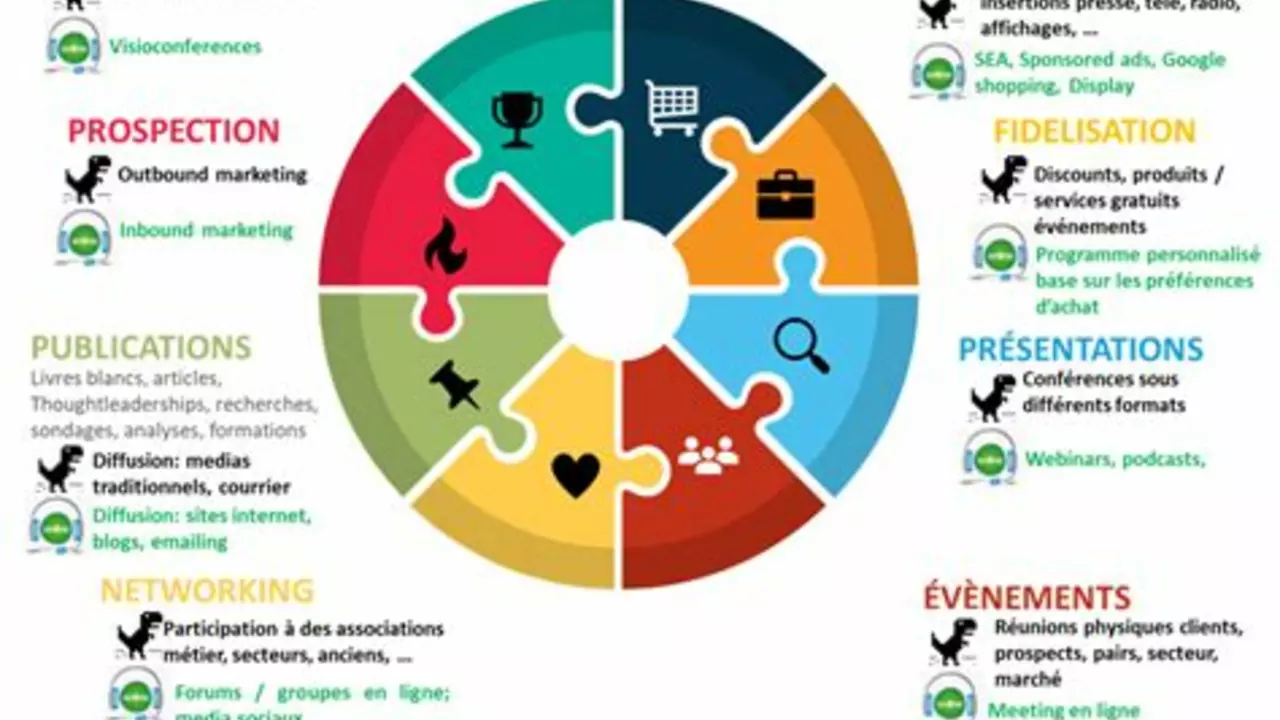Collaboration in Marketing: Why Teamwork Beats Solo Efforts
Did you know most top‑performing campaigns were built by teams, not lone wolves? When marketers, designers, writers and analysts join forces, ideas mix, gaps close, and results rise. In this guide we’ll break down how to set up smooth collaboration, share tools that make it simple, and show real examples that proved the point.
Start with Clear Roles and Simple Processes
The first step is to know who does what. Assign a content creator, an SEO specialist, a designer and a project lead. Write a one‑page brief that lists the goal, target audience, key messages and deadline. Keep the brief short – five bullets are enough. When everyone sees the same snapshot, confusion drops and the team can move faster.
Use a shared board like Trello or ClickUp. Create columns for "Ideas", "In Progress", "Review" and "Done". Move cards as work advances. This visual flow lets anyone check status without endless emails. If a task stalls, the board shows it immediately so you can step in.
Mix Skills to Create Rich Content
Think of a blog post as a recipe. The writer brings the main ingredients, the SEO expert adds seasoning, the designer plates it, and the analyst tastes the final result. For a case study on a new product, let the marketer outline the story, the copywriter craft the narrative, the designer add charts and images, and the SEO specialist embed the right keywords. The finished piece is richer than any single person could produce.
Real‑world example: a mid‑size e‑commerce brand launched a holiday guide. The content team brainstormed topics, the SEO team chose "gift ideas for tech lovers" (a high‑search term), the design team created a downloadable PDF, and the social team scheduled teaser posts. The guide earned 30% more traffic than their usual blog posts and boosted sales by 12% during the season.
Collaboration doesn’t stop at creation. Once the asset is live, hand it over to the analytics crew. They track clicks, conversions and bounce rates, then report back. If the bounce rate spikes, the team can quickly tweak headlines or add clearer calls‑to‑action.
Another tip: hold a quick 15‑minute stand‑up each morning. Ask three questions – what did you finish yesterday, what are you working on today, and what’s blocking you? This keeps momentum and uncovers problems before they grow.
Tools like Google Docs for real‑time editing, Slack for fast chats, and Asana for task tracking help keep the flow smooth. Pick the ones your team already likes and stick to them – consistency beats a toolbox full of unused apps.
Remember, the goal isn’t to add more meetings. It’s to make sure every piece of the puzzle fits together without extra effort. When collaboration becomes a habit, the team sees higher quality work, faster turn‑around and happier customers.
Ready to try it? Pick one upcoming campaign, write a brief, assign roles and set up a board. Track the results and compare them to your last solo effort. You’ll see the power of collaboration in action.
- Dustin Chamberlain
- 0
Can traditional marketing and digital work together?
In today's fast-paced digital world, one might wonder if traditional marketing still has a place. However, from my perspective, traditional and digital marketing can not only co-exist, but they can also complement each other effectively. An integrated marketing strategy that combines the broad reach of traditional marketing with the targeted, interactive nature of digital marketing can prove to be extremely effective. By using both methods, businesses can create a holistic campaign that hits all consumer touchpoints. So, let's not isolate - instead, let's integrate and make the most out of both worlds.
Read more